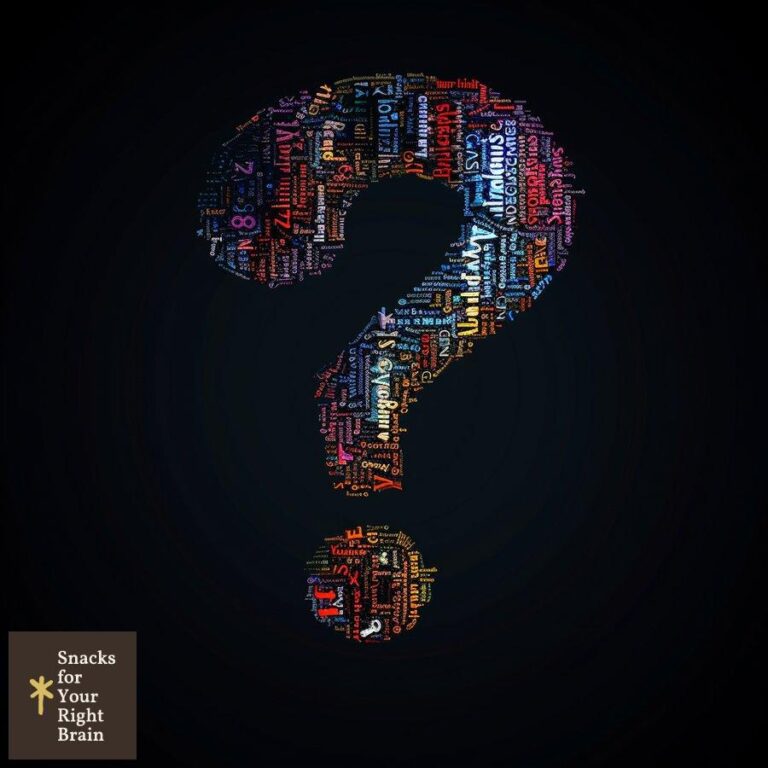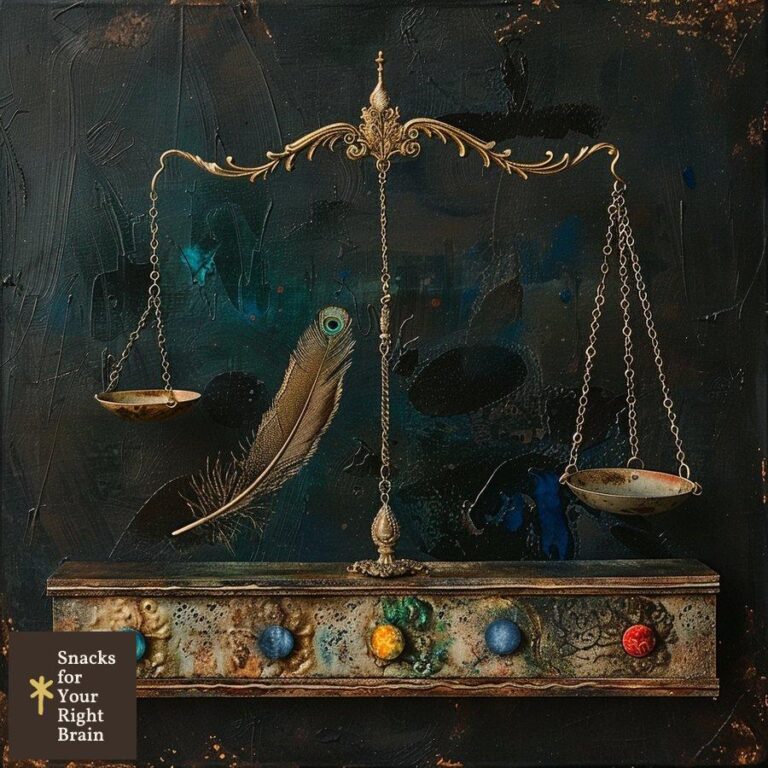What Is the Tension in a Short Story
What is Tension in Short Stories?
Tension is the lifeblood of compelling short fiction. It’s that intangible quality that keeps readers glued to the page, their hearts racing and minds whirring as they eagerly anticipate what will happen next. But what exactly is tension in the context of short stories?
At its core, tension in short fiction is a sense of unease, anticipation, or conflict that propels the narrative forward. It’s the invisible thread that connects the reader to the characters and their struggles, creating an emotional investment that makes the story impossible to put down. Tension arises from uncertainty – will the protagonist achieve their goal? Will a secret be revealed? Will a conflict be resolved?
Tension manifests in various forms within short stories:
Narrative tension stems from plot-related uncertainties and conflicts. It’s the “what happens next?” element that drives the story forward.
Emotional tension relates to the internal struggles and interpersonal dynamics of characters. It taps into the reader’s empathy and creates a visceral connection to the story.
Thematic tension arises from the exploration of opposing ideas or values within the narrative. It engages the reader on an intellectual level, prompting reflection on broader concepts.
Effective tension in short stories is not about constant high-stakes drama or non-stop action. Instead, it’s a carefully modulated ebb and flow of anticipation, revelation, and new complications. Writers create tension through strategic withholding of information, introducing obstacles for characters, and raising questions in the reader’s mind.
The confined space of a short story demands that tension be established quickly and maintained efficiently. Unlike novels, which have the luxury of gradual build-up, short fiction must hook readers from the opening lines and sustain that engagement throughout. This requires a deft balance of revealing enough to intrigue while withholding sufficient information to maintain curiosity.
Tension in short stories often revolves around a central question or conflict that needs resolution. This could be:
Will the protagonist overcome their fear?
Can the relationship be salvaged?
Will the truth come to light?
Can the character escape their circumstances?
The tension lies not just in the answer to these questions, but in the journey towards that answer. It’s the accumulation of small moments, decisions, and revelations that create a palpable sense of anticipation.
Importantly, tension in short stories isn’t solely about negative emotions or high-stakes conflicts. It can also arise from positive anticipation – the excitement of a potential romance, the hope of achieving a long-held dream, or the curiosity about an unexpected opportunity. The key is that there must be uncertainty about the outcome.
Ultimately, tension in short stories is the engine that drives reader engagement. It transforms a mere sequence of events into a compelling narrative that resonates emotionally and intellectually. By mastering the art of creating and sustaining tension, writers can craft short fiction that lingers in readers’ minds long after the final sentence.
How Does Tension Differ from Conflict in Fiction?
While tension and conflict are closely related concepts in fiction writing, they are not interchangeable. Understanding the distinction between these two elements is crucial for crafting engaging short stories. Let’s explore how tension differs from conflict and how they work together to create compelling narratives.
Conflict in fiction refers to the opposition of forces or characters that creates the central problem or struggle in a story. It’s the fundamental disagreement, obstacle, or challenge that drives the plot forward. Conflict can be external (character vs. character, character vs. nature, character vs. society) or internal (character vs. self).
Tension, on the other hand, is the emotional or psychological strain that results from the anticipation of how the conflict will unfold or be resolved. It’s the feeling of unease, excitement, or suspense that keeps readers engaged and invested in the story’s outcome.
Here’s a breakdown of key differences:
Nature:
Conflict is concrete and tangible. It’s the actual problem or struggle in the story.
Tension is abstract and emotional. It’s the feeling generated by the conflict.
Timing:
Conflict often occurs in specific moments or scenes within the story.
Tension can be sustained throughout the narrative, ebbing and flowing as the story progresses.
Resolution:
Conflict has a clear resolution – it’s either overcome or not.
Tension may linger even after a conflict is resolved, as new questions or uncertainties arise.
Reader experience:
Conflict engages readers intellectually, making them curious about how problems will be solved.
Tension engages readers emotionally, making them feel invested in the characters’ experiences.
To illustrate these differences, consider a short story about a mountain climber attempting a dangerous ascent:
Conflict: The physical challenge of scaling the mountain and the potential for injury or death.
Tension: The reader’s anxiety and anticipation as they wonder whether the climber will succeed or fail, and what obstacles they might encounter along the way.
While the conflict (the climb itself) may only occupy specific scenes, the tension can permeate the entire story, from the climber’s preparation to the aftermath of the attempt.
It’s important to note that conflict and tension have a symbiotic relationship in fiction. Conflict generates tension, and tension makes conflict more engaging for readers. A story with conflict but no tension risks feeling flat or unengaging, while tension without underlying conflict can feel artificial or unsustained.
In short fiction, the interplay between conflict and tension is particularly crucial due to the limited word count. Writers must establish conflict quickly and use it to generate immediate tension that will carry the reader through the story. This often involves:
Introducing conflict early: Establishing the central problem or challenge in the opening paragraphs.
Escalating tension: Gradually increasing the emotional stakes as the story progresses.
Balancing resolution: Providing a satisfying conclusion to the conflict while potentially leaving some tension unresolved for a lasting impact.
Understanding the distinction between conflict and tension allows writers to manipulate both elements effectively. By crafting clear conflicts and skillfully modulating the resulting tension, authors can create short stories that captivate readers from beginning to end.
Why is Tension Crucial for Engaging Short Stories?
Tension is the invisible force that transforms a mere sequence of events into a captivating narrative. In the realm of short stories, where every word counts and reader engagement must be immediate and sustained, tension becomes an indispensable tool for writers. Let’s explore why tension is so crucial for creating engaging short fiction.
Immediate reader investment
Short stories don’t have the luxury of gradual build-up that novels enjoy. They must hook readers from the very first paragraph. Tension accomplishes this by creating questions in the reader’s mind, prompting them to read on for answers. A story that opens with tension – be it a mysterious situation, a character in distress, or an impending decision – immediately piques curiosity and draws the reader in.
Sustained engagement
Once hooked, readers need a reason to continue. Tension provides that continuous pull, keeping readers invested in the story’s outcome. By carefully modulating tension throughout the narrative, writers can ensure that readers remain engaged until the very last word. This is particularly important in short fiction, where the risk of losing a reader’s attention can be fatal to the story’s impact.
Emotional connection
Tension creates an emotional bond between the reader and the story’s characters. As readers experience the anticipation, anxiety, or excitement generated by the story’s tensions, they become emotionally invested in the characters’ fates. This emotional connection is what makes a short story memorable and impactful.
Pacing control
Tension is a powerful tool for controlling the pace of a short story. By increasing tension, writers can quicken the pace, creating a sense of urgency or excitement. Conversely, momentarily relieving tension can slow the pace, allowing for moments of reflection or character development. This control over pacing is crucial in short fiction, where every scene must serve a purpose.
Thematic exploration
Tension isn’t just about plot – it can also arise from the exploration of themes and ideas. In short stories, where complex themes must be conveyed efficiently, tension can be used to highlight conflicting values or perspectives. This thematic tension engages readers on an intellectual level, prompting reflection and discussion.
Memorable endings
The resolution of tension is what often makes a short story’s ending satisfying and memorable. Whether the tension is fully resolved or intentionally left open-ended, it’s the release (or deliberate non-release) of accumulated tension that creates a powerful conclusion. In short fiction, where the ending carries significant weight, mastering tension is key to crafting impactful final moments.
Reader participation
Tension invites readers to actively participate in the story. As they anticipate possible outcomes or try to piece together withheld information, readers become co-creators of the narrative experience. This active engagement is particularly valuable in short stories, where the limited word count requires readers to fill in gaps and draw connections.
Efficient storytelling
In the confined space of a short story, every element must pull its weight. Tension is an efficient storytelling tool, capable of conveying character, plot, and theme simultaneously. A single tense moment can reveal a character’s motivations, advance the plot, and highlight the story’s central themes – all without explicit exposition.
Genre flexibility
Regardless of genre, tension is a universal element of engaging fiction. Whether crafting a mystery, a romance, or a literary character study, tension provides the underlying current that propels the story forward. This flexibility makes tension an essential skill for short story writers working across various styles and genres.
Lasting impact
Finally, tension is what makes a short story linger in the reader’s mind long after they’ve finished reading. The questions raised, the emotions evoked, and the unresolved elements of a well-crafted story continue to resonate, encouraging reflection and potentially even re-reading.
In conclusion, tension is not just crucial for engaging short stories – it’s the very essence of what makes short fiction compelling. By mastering the art of creating and sustaining tension, writers can craft short stories that captivate readers, evoke powerful emotions, and leave a lasting impression. In the economical world of short fiction, tension is the writer’s most valuable ally in creating stories that truly resonate.
What are the Main Types of Tension in Short Fiction?
Understanding the various types of tension available to writers is crucial for crafting engaging short fiction. Each type of tension serves a unique purpose and can be employed strategically to create a multi-layered, compelling narrative. Let’s explore the main types of tension commonly found in short stories:
Narrative Tension
Narrative tension is the overarching suspense created by the plot itself. It’s the “what happens next?” element that keeps readers turning pages. In short fiction, narrative tension often revolves around a central question or conflict that needs resolution.
Examples:
– Will the protagonist escape danger?
– Can the mystery be solved in time?
– How will the character overcome seemingly insurmountable odds?
Emotional Tension
This type of tension stems from the internal struggles of characters and their relationships with others. It taps into the reader’s empathy and creates a visceral connection to the story.
Examples:
– A character grappling with a difficult decision
– Unresolved romantic feelings between two characters
– Family conflicts or estrangements
Thematic Tension
Thematic tension arises from the exploration of opposing ideas or values within the narrative. It engages readers on an intellectual level, prompting reflection on broader concepts.
Examples:
– Tradition vs. progress
– Individual desires vs. societal expectations
– Moral dilemmas with no clear right answer
Psychological Tension
This tension delves into the minds of characters, exploring their fears, desires, and inner conflicts. It’s particularly effective in creating a sense of unease or anticipation.
Examples:
– A character’s growing paranoia
– Repressed memories surfacing
– Internal struggle with addiction or compulsion
Dramatic Irony
Dramatic irony creates tension by giving readers information that characters in the story don’t have. This creates anticipation as readers wait for characters to discover what they already know.
Examples:
– A character unknowingly befriending their enemy
– Readers aware of a impending disaster that characters are oblivious to
– A misunderstanding between characters that the reader can see but they cannot
Situational Tension
This type of tension arises from the circumstances or setting in which characters find themselves. It often involves external pressures or time constraints.
Examples:
– A ticking clock scenario
– Characters trapped in a hostile environment
– Limited resources in a survival situation
Moral Tension
Moral tension occurs when characters are forced to make difficult ethical choices. It challenges readers to consider what they would do in similar situations.
Examples:
– Choosing between personal gain and helping others
– Deciding whether to reveal a damaging truth
– Weighing the ends against the means in achieving a goal
Sexual Tension
Often used in romance or character-driven stories, sexual tension arises from unresolved attraction or desire between characters.
Examples:
– Forbidden attraction
– Will-they-won’t-they dynamics
– Characters denying their feelings for each other
Existential Tension
This type of tension deals with larger questions of existence, purpose, and meaning. It’s often found in more philosophical or introspective short fiction.
Examples:
– A character questioning their life choices
– Grappling with mortality
– Searching for meaning in a seemingly meaningless world
Anticipatory Tension
This tension is created by foreshadowing or the promise of future events. It keeps readers engaged by creating expectations and curiosity about what’s to come.
Examples:
– Ominous predictions or prophecies
– Hints of a character’s dark past about to resurface
– Setup for an inevitable confrontation
In practice, many short stories will employ multiple types of tension simultaneously, creating a rich, multi-layered reading experience. The key is to choose the types of tension that best serve your story’s themes, characters, and overall narrative arc.
By understanding and skillfully manipulating these various forms of tension, writers can create short fiction that engages readers on multiple levels – emotionally, intellectually, and viscerally. The confined space of a short story demands that tension be established quickly and maintained efficiently, making a thorough understanding of these tension types an invaluable tool for any writer of short fiction.
How Can Writers Create Narrative Tension?
Creating narrative tension is an essential skill for short story writers. It’s the engine that drives reader engagement, keeping them invested in the story from beginning to end. Here are effective strategies writers can employ to create and maintain narrative tension in their short fiction:
Start with a hook
Begin your story with an intriguing situation, question, or conflict that immediately piques the reader’s curiosity. This initial hook sets the tone for the tension that will follow.
Example: “The day I decided to steal the crown jewels was also the day I realized I could no longer trust my own mother.”
Withhold information strategically
Don’t reveal everything at once. Carefully control the flow of information to the reader, creating questions that beg for answers.
Technique: Use limited point-of-view to restrict what the reader knows to what the character knows.
Introduce obstacles
Place barriers between your characters and their goals. These obstacles can be external (physical challenges, antagonists) or internal (fears, moral dilemmas).
Tip: Escalate the difficulty of obstacles as the story progresses to maintain rising tension.
Create time pressure
Impose deadlines or time constraints on your characters. The ticking clock is a powerful tool for generating tension.
Example: A character must defuse a bomb with only minutes to spare.
Use foreshadowing
Plant subtle hints about future events or revelations. This creates anticipation and keeps readers guessing about what’s to come.
Technique: Use symbolic imagery or seemingly innocuous details that gain significance later.
Employ dramatic irony
Give readers information that characters don’t have. This creates tension as readers anticipate how characters will react when they discover the truth.
Example: The reader knows a character is walking into a trap, but the character doesn’t.
Create conflicting goals
Pit characters against each other by giving them mutually exclusive objectives. This generates tension through interpersonal conflict.
Scenario: Two siblings competing for the same inheritance.
Use pacing techniques
Vary the rhythm of your storytelling. Use shorter sentences and paragraphs to quicken the pace during tense moments.
Tip: Intersperse moments of calm to create contrast and make tense scenes more impactful.
Raise the stakes
Continuously increase what’s at risk for your characters. As the potential consequences grow, so does the tension.
Progression: Personal risk → Family at risk → Community at risk → World at risk
Create uncertainty
Keep readers guessing about the outcome. Avoid predictability by introducing unexpected twists or complications.
Technique: Subvert reader expectations by challenging genre conventions.
Use sensory details
Engage the reader’s senses to make tense scenes more vivid and immediate. This heightens the emotional impact of the tension.
Example: “The acrid smell of smoke filled her nostrils as the crackle of flames grew louder.”
Employ cliffhangers
End scenes or sections at moments of high tension to compel readers to continue. This is particularly effective in maintaining tension across the limited space of a short story.
Tip: Use cliffhangers sparingly to avoid frustrating readers.
Create internal conflict
Develop tension within your characters by giving them conflicting desires or values. This internal struggle adds depth to the overall narrative tension.
Example: A character torn between loyalty to family and pursuit of personal dreams.






